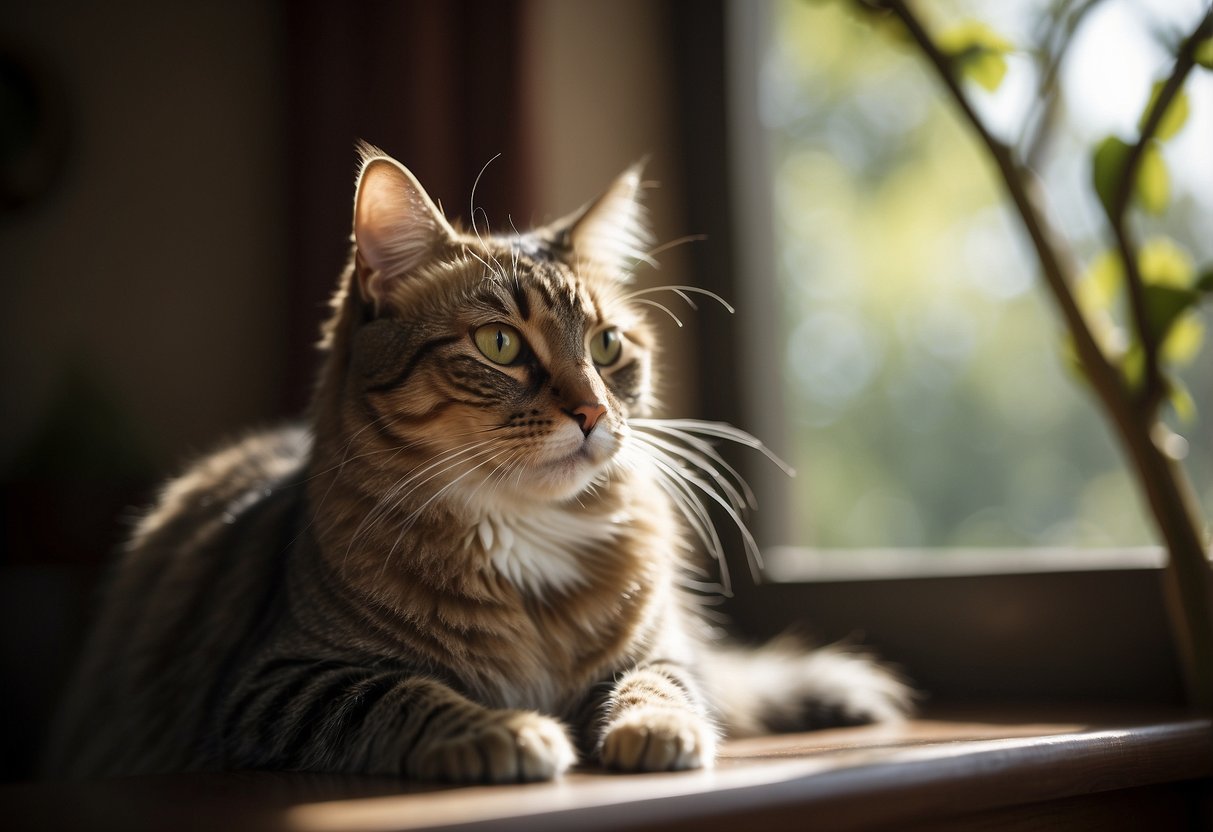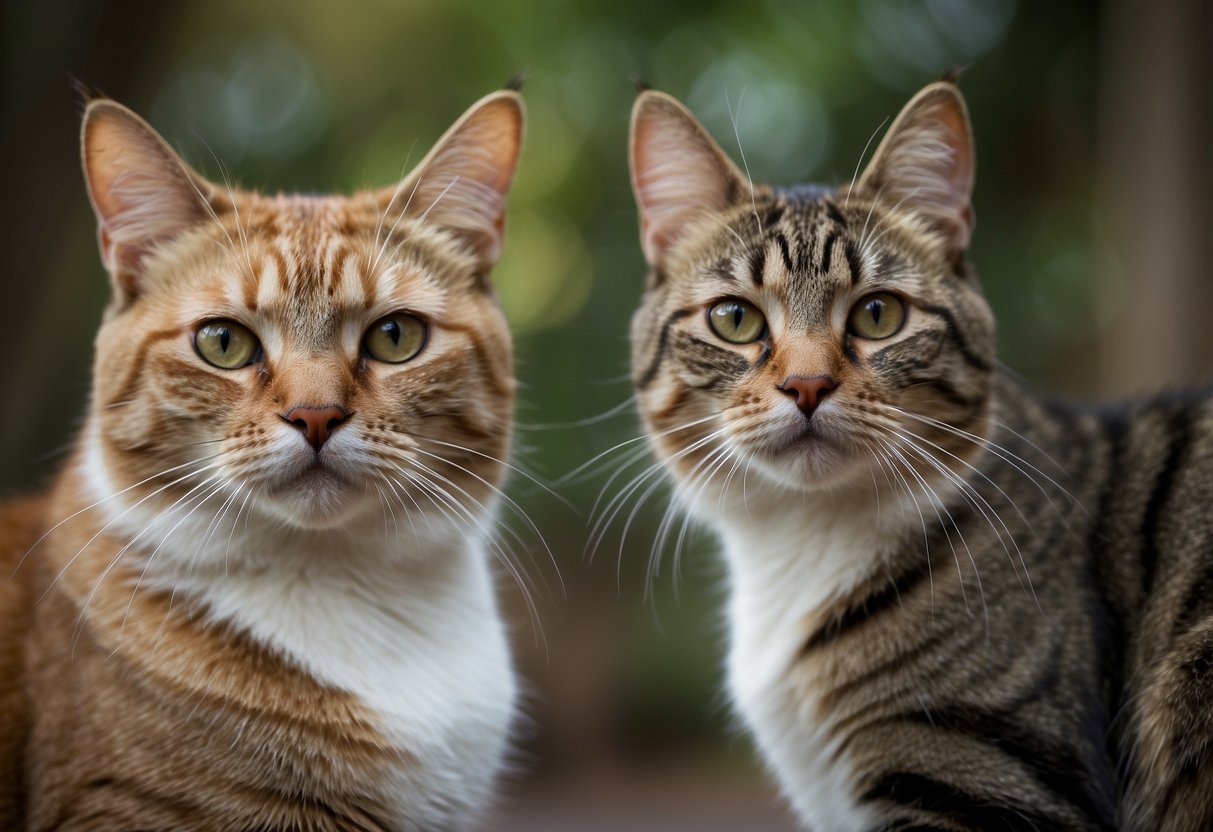
Recognizing Behavioral Patterns
Cats display a range of behaviors that can help owners understand their needs and emotions. Observing these behaviors can provide valuable insights into their physical and mental well-being.
Feeding and Hunting Behaviors
Feeding and hunting behaviors in cats include purring, kneading, and vocalizing, particularly around meal times. Indoor cats might mimic hunting activities through play, such as pouncing on toys.
Grazing, where cats eat small amounts of food at various times, is common. In multi-cat households, resource guarding can occur, indicating tension or hierarchy issues. Recognizing these patterns helps manage feeding schedules, ensuring balanced nutrition and a stress-free environment.
Sleeping Habits and Preferences
Cats usually sleep 12-16 hours a day, often selecting spots that feel safe. They may follow routines, sleeping at similar times daily. Preferences for high perches, cozy beds, or even owner’s laps are typical.
Changes in sleeping patterns, such as increased lethargy or restlessness, can signal health problems. Monitoring where and how a cat sleeps sheds light on comfort and potential issues, allowing for timely interventions.
Play and Social Interactions
Play is essential for a cat’s physical and mental health. Engage in interactive play with moving toys to satisfy hunting instincts. Notice if a cat prefers solitary play, which may indicate independence or shyness.
Social interactions vary; some cats enjoy frequent contact with people, while others may be more reserved. Understanding individual preferences ensures a harmonious relationship and reduces anxiety or aggression.
Assessing Feline Emotions

Assessing feline emotions involves interpreting various physical and behavioral cues. Recognizing the signs can help cat owners better understand their pet’s needs and mood.
Signs of Contentment
Cats display contentment in many ways. A common sign is purring, often accompanied by kneading motions with their paws. They may also exhibit slow blinking, which indicates that they feel safe and secure. Some cats will stretch out, showing their belly, as a sign that they trust their environment. When a cat’s tail is held high and quivers slightly, it conveys happiness and friendliness. Ears will be in a relaxed, forward position, and whiskers will appear neutral. These behaviors are clear indicators that a cat is comfortable and happy.
Stress and Anxiety Triggers
Stress and anxiety in cats can manifest through various behaviors. One common trigger is changes in their environment, such as moving to a new home or rearranging furniture. Loud noises, unfamiliar people, or other animals can also cause stress. Symptoms include excessive grooming, hiding, or a loss of appetite. A cat’s body language can also reveal stress: crouched posture, flattened ears, and dilated pupils. Recognizing these signs and minimizing potential stressors can help maintain your cat’s well-being. It’s important to provide a stable and quiet environment to alleviate these stress responses.
Aggression and Fear Responses
Aggression and fear in cats are usually responses to perceived threats. Signs of aggression include hissing, growling, and swatting. The ears will be flattened backwards, and the tail may puff up or lash. Fear responses include hiding, cowering, and a lowered body posture. Dilated pupils and wide eyes are common in scared cats. Understanding these behaviors helps in addressing the situation correctly and avoiding potential injuries. Allowing the cat space and time to calm down is crucial. By observing these cues, cat owners can better manage and mitigate aggressive or fearful behaviors.



